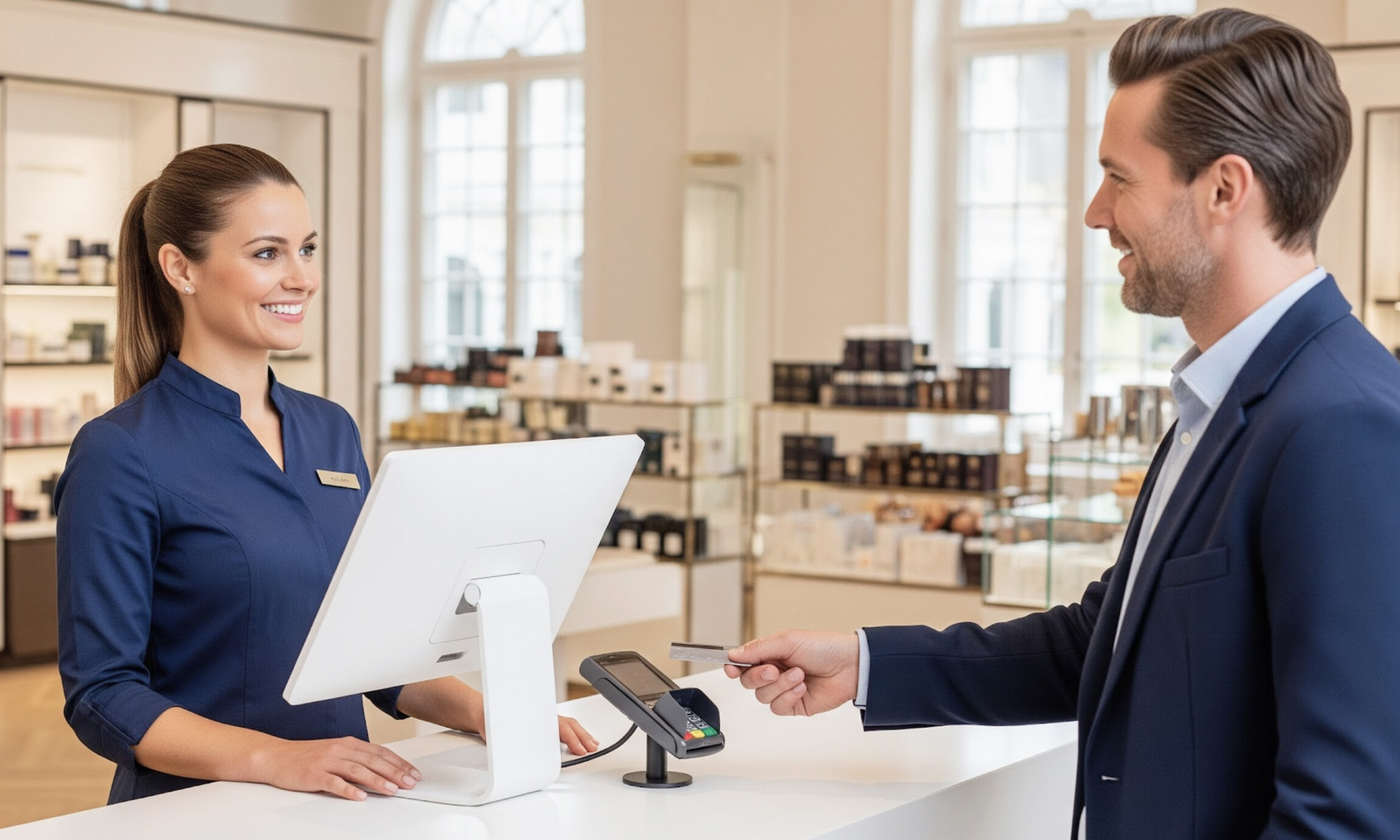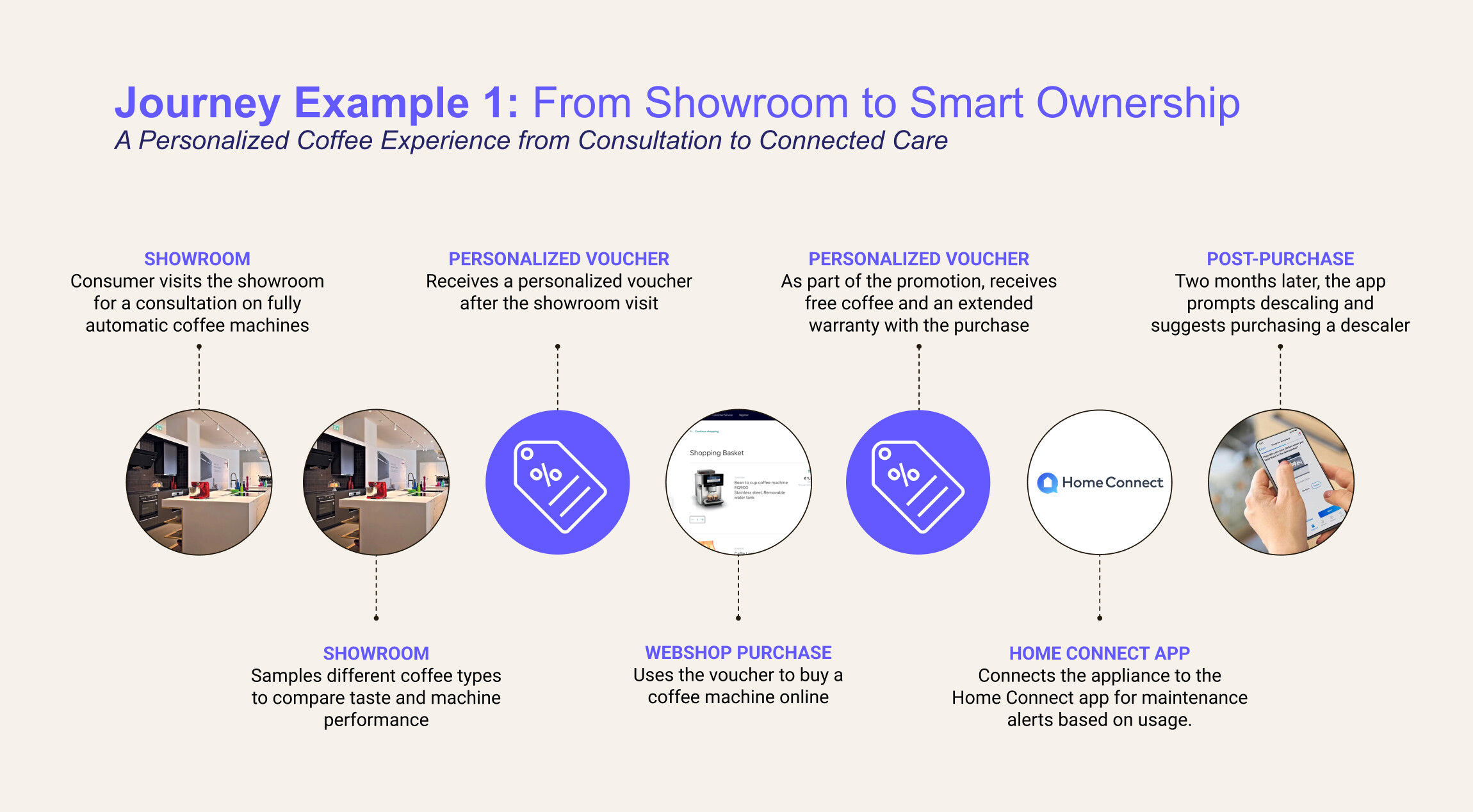
What you’ll learn:

What are unified promotions?
Unified (or cross-channel) promotions are marketing and sales incentives, such as vouchers, discounts, loyalty rewards or special offers, that are created, managed and redeemed across all channels from a single dataset.
Unlike traditional promotions tied to separate systems (e.g., POS versus eCommerce), unified promotions rely on a single source of truth. This ensures that customer interactions, inventory data and promotional rules stay consistent at every touchpoint — online or in-store.
With unified promotions, customers experience:
Seamless cross-channel redemption: Vouchers, coupons and loyalty points work online, in-store or via apps.
Accurate inventory and fulfillment: Promotions account for real-time stock levels, reducing frustration due to out-of-stock situations.
Personalized journeys: Promotions can be tailored to customer preferences, purchase history or engagement behavior.
The rise of agentic shopping will further increase the need for a unified approach to promotions and discounts. Only by centralizing all data in one place can AI agents retrieve and analyze data in real-time, enabling them to act autonomously — from personalizing experiences to even shopping on behalf of customers.
Retailers without unified promotions risk frustrating customers with inconsistent offers, misapplied discounts or loyalty points that don’t carry over between channels.
What are the main cross-channel promotions use cases?
Here are five ways retailers are using unified promotions to improve consistency, engagement and sales:
Offer percentage or fixed-amount discounts that apply consistently across online, in-store and mobile channels.
Example: A 20% off promotion for a product line is automatically applied whether a customer adds it to their cart on the website, scans it in-store or purchases via an app.
Enable loyalty program integration through points, tiered rewards or perks that automatically apply whether shopping online or in-store.
Example: Birthday discounts, tier upgrades or points earned from online orders are immediately visible and redeemable in-store.
Customers receive promotions based on purchase anniversaries, browsing behavior or product registrations.
Example 1: A customer who regularly purchases coffee machines is offered a personalized discount on filters or accessories, redeemable online, in-store or via an app.
Example 2: Attending a store workshop triggers a digital coupon usable online or in other stores, creating a continuous engagement loop.
Encourage repeat orders with cross-channel subscription discounts or auto-replenishment offers.
Example: A grocery customer subscribes to weekly coffee delivery online, but can also redeem perks in-store for bulk purchases.
AI-powered agents proactively recommend promotions and add them to a customer’s cart, making the shopping experience effortless and personalized. This is where unified data becomes critical, as AI agents can only personalize accurately if all channels share the same dataset.
Example: An AI shopping assistant detects that a customer frequently purchases skincare products and automatically applies a curated bundle discount when they add those items online. The assistant also alerts the customer to the same offer when they enter a participating store.
A journey example: Cross-channel discounts and loyalty
BSH, a world-leading home appliance manufacturer, leverages unified commerce to turn in-store interest into purchase through seamless, personalized promotions. Here’s how it works:
Imagine you’re a coffee enthusiast visiting our Miami showroom. You sample various blends, test machine performance and receive expert advice — but you’re not ready to buy just yet. Before you leave, the sales agent gives you a personalized voucher.
A week later, ready to make your choice, you visit the web store, redeem your voucher and enjoy a free coffee supply along with extended service with your purchase. Within days, your coffee machine is delivered to your home. You start brewing immediately and connect it to the Home Connect app, which tailors your coffee experience to your preferences.
Two months in, the app sends a predictive maintenance alert, reminding you to descale the machine to ensure optimal performance. With a single tap, you can order the descaler, keeping your machine in top condition while enjoying great coffee.
And finally, loyalty points and new offers are automatically applied to future purchases, regardless of where you decide to make a purchase.

Can POS systems enable unified promotions?
POS systems, traditional and modern, are unable to unify promotions as they are channel-centric platforms. Even when POS and eCommerce systems are integrated, retailers still operate two separate systems instead of a shared data source, making it nearly impossible to execute real cross-channel promotions.
The impact is measurable: While 68% of retailers say integrated loyalty and real-time promotions are critical for reducing customer churn, only 44% of retailers rate their real-time promotions and loyalty program integration as mature. That gap reflects just how hard it is to unify legacy platforms.
Many retailers attempt to bridge channels using POS or eCommerce systems, but these solutions often lack true integration:
| Integrated POS/eCommerce | Unified commerce (e.g., commercetools InStore) | |
|---|---|---|
| Data source | Separate databases for POS and eCommerce. | One dataset for all channels |
| Promotion consistency | Limited, manual updates required. | Automatic and consistent across all channels. |
| Inventory management | Often siloed. | Unified real-time inventory visibility. |
| Customer history | Fragmented. | Complete, cross-channel view of interactions. |
| Personalization | Limited. | AI-driven personalized promotions and offers. |
| Loyalty points | Channel-specific or poorly synchronized. | Automatically updated across channels. |
| Operational efficiency | Moderate. | High; fewer errors, smoother fulfillment. |
In short, when promotions are managed through channel-specific systems, retailers often face the following challenges:
Out-of-stock errors: Separate systems create stock mismatches.
Delayed or misrouted orders: Fragmented promotion data causes checkout errors.
Frustrated customers: Inconsistent discounts and loyalty points frustrate shoppers.
Inefficient store operations: Associates manually correct discrepancies across systems.
The difference is clear: Unified commerce platforms like commercetools InStore enable retailers to manage promotions centrally, providing real-time consistency across every interaction.
What are the benefits of unified commerce for cross-channel promotions?
With a unified commerce solution like commercetools InStore, retailers can manage promotions centrally, ensure accurate inventory and create truly seamless, personalized customer experiences across every touchpoint.
When unified promotions are implemented effectively, retailers can enjoy:
With commercetools InStore, retailers can create promotions that resonate with shoppers and work flawlessly across every digital and physical channel — delivering the unified experiences customers now expect.
Want to know more about how to break free from POS systems that don’t support unified promotions? Contact our experts to start a conversation.